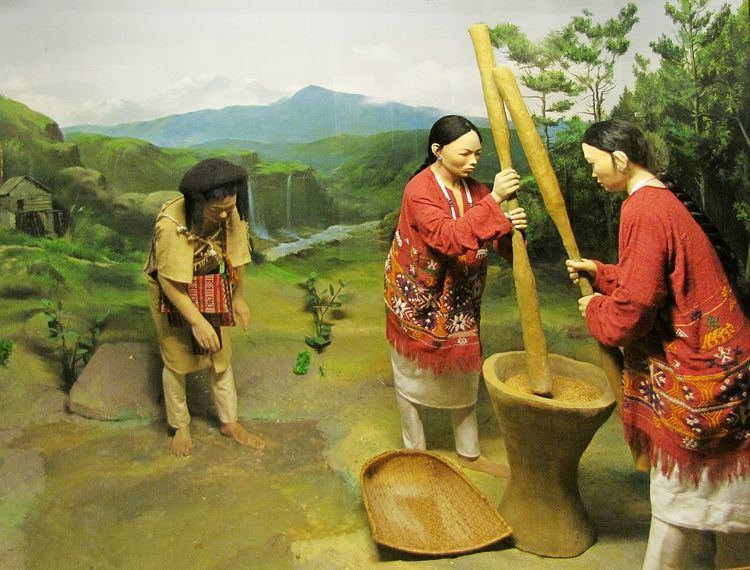 | ||
The Sherdukpen are an ethnic group related to both the Aka and Monpa. Their population of 4,200 is centered in West Kameng in the villages of Rupa, Jigaon, Thongri, Shergaon, in Bomdila. All of these are at elevations between 5000–6000 feet above sea level. Of late, some of them have settled in Kameng bari areas, a new settlement area under Bhalukpong circle.
Contents
Society
Sherdukpen society is divided into two classes: The Thong and Chao, the former of which–the higher caste–are divided into eight clans. Marriage between castes are considered taboo within the tribal society and are strongly discouraged. Local legend mentioned that the upper caste are the descendants of a Tibetan king (a grandson of Songtsän Gampo) and Ahom princess, of which they bore two sons. The Chao are the descendants of the king's porters and servants. The Sherdukpens migrate to Doimara (a lowland hamlet close to the Assamese border) and stayed between December to March on an annual basis during the winter months, a tradition with which the tribe maintain the memory of their Assamese ancestry. In Doimara, the Sherdukpens mingled with the nearby Assamese natives and traded for rice.
The Sherdukpen generally practice monogamy and trace their descent patrilineally. Their houses are built on strong stone foundations with their wall and floor made from thick wooden planks.
Economy
The Sherdukpen are agriculturalists, although hunting and traditional fishing methods are practised as well. Using simple tools, both shifting and permanent farming methods are used, and livestock such as ponies, cows, goats, sheep, fowls and bullocks are kept.
Language
The Sherdukpen speak their own language, Sherdukpen, which isn't directly related with the neighboring Bugun/Aka/Monpa language. It is possibly of Tibeto-Burman derivation.
Dress
The Sherdukpen men wear a sleeveless cloth, which is made out of silk, with the two ends of the cloth which pins onto the shoulders that reach down to the knees. Made from yak's hair with tassels jutting down over the face, the gurdam skull-cap is mainly worn by the men. It is decorated with a white cockade and colourful band around its brim. The warriors are often seen carrying their Tibetan sword, with the support of a waistband. A bogre, a cloth woven from natural fibres, is tied around the shoulders to form a fold at the back.
The women wear a collarless and sleeveless cloth to cover them from the shoulders to the knees. A full-sleeved embroidered jacket and waist cloth, known as mushaiks, is worn over the cloak. The ladies tie their hair tied into a bun at the back, although most grown-up girls do not tie their tresses into a knot. Weaving is considered a feminine art, and most are able to weave clothings in a highly artistic manner.
Religion
The Sherdukpen adopted the Gelugpa sect of Tibetan Buddhism in the 17th century as with their northern neighbours, the Monpa who were also subjected to the evangelical influence of Mera Lama. However, contrary to the Monpas, Sherdukpens are more inclined to their pre-Buddhist Animistic traditions, which is shown by the relative absence of any Buddhist Lamas within their tribe. Lamas from the Monpa and refugee Tibetan communities were invited to conduct Buddhist communal rituals whenever necessary. The profound Animist influence is attributed to the prevalence of their traditional Shamans with which they also employ for certain religious activities, known as "Jiji" in the local tongue. Rituals pertaining to indigenous spirits, human sacrifice and blood are prevalent within Sherdukpen mythology and legends, which is characteristically absent in Tibetan Buddhism.
